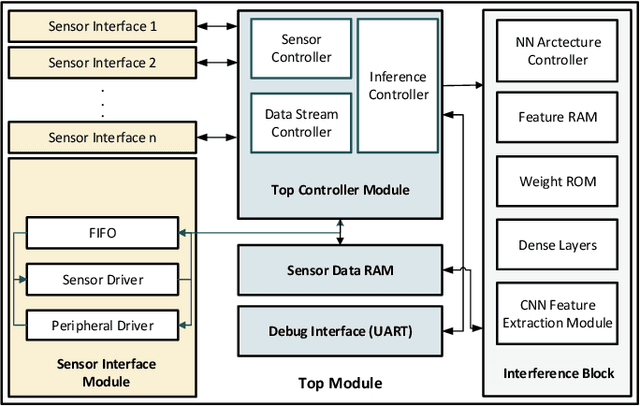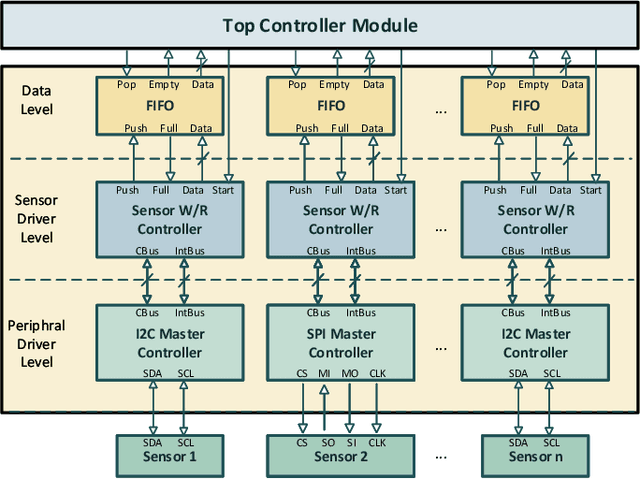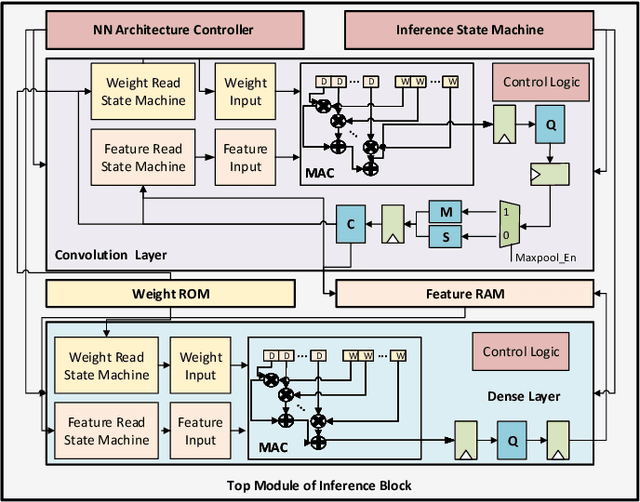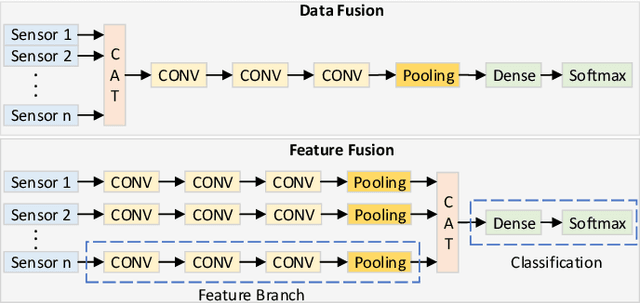Zimin Zhao
CoSS: Co-optimizing Sensor and Sampling Rate for Data-Efficient AI in Human Activity Recognition
Jan 03, 2024



Abstract:Recent advancements in Artificial Neural Networks have significantly improved human activity recognition using multiple time-series sensors. While employing numerous sensors with high-frequency sampling rates usually improves the results, it often leads to data inefficiency and unnecessary expansion of the ANN, posing a challenge for their practical deployment on edge devices. Addressing these issues, our work introduces a pragmatic framework for data-efficient utilization in HAR tasks, considering the optimization of both sensor modalities and sampling rate simultaneously. Central to our approach are the designed trainable parameters, termed 'Weight Scores,' which assess the significance of each sensor modality and sampling rate during the training phase. These scores guide the sensor modalities and sampling rate selection. The pruning method allows users to make a trade-off between computational budgets and performance by selecting the sensor modalities and sampling rates according to the weight score ranking. We tested our framework's effectiveness in optimizing sensor modality and sampling rate selection using three public HAR benchmark datasets. The results show that the sensor and sampling rate combination selected via CoSS achieves similar classification performance to configurations using the highest sampling rate with all sensors but at a reduced hardware cost.
FieldHAR: A Fully Integrated End-to-end RTL Framework for Human Activity Recognition with Neural Networks from Heterogeneous Sensors
May 22, 2023



Abstract:In this work, we propose an open-source scalable end-to-end RTL framework FieldHAR, for complex human activity recognition (HAR) from heterogeneous sensors using artificial neural networks (ANN) optimized for FPGA or ASIC integration. FieldHAR aims to address the lack of apparatus to transform complex HAR methodologies often limited to offline evaluation to efficient run-time edge applications. The framework uses parallel sensor interfaces and integer-based multi-branch convolutional neural networks (CNNs) to support flexible modality extensions with synchronous sampling at the maximum rate of each sensor. To validate the framework, we used a sensor-rich kitchen scenario HAR application which was demonstrated in a previous offline study. Through resource-aware optimizations, with FieldHAR the entire RTL solution was created from data acquisition to ANN inference taking as low as 25\% logic elements and 2\% memory bits of a low-end Cyclone IV FPGA and less than 1\% accuracy loss from the original FP32 precision offline study. The RTL implementation also shows advantages over MCU-based solutions, including superior data acquisition performance and virtually eliminating ANN inference bottleneck.
 Add to Chrome
Add to Chrome Add to Firefox
Add to Firefox Add to Edge
Add to Edge